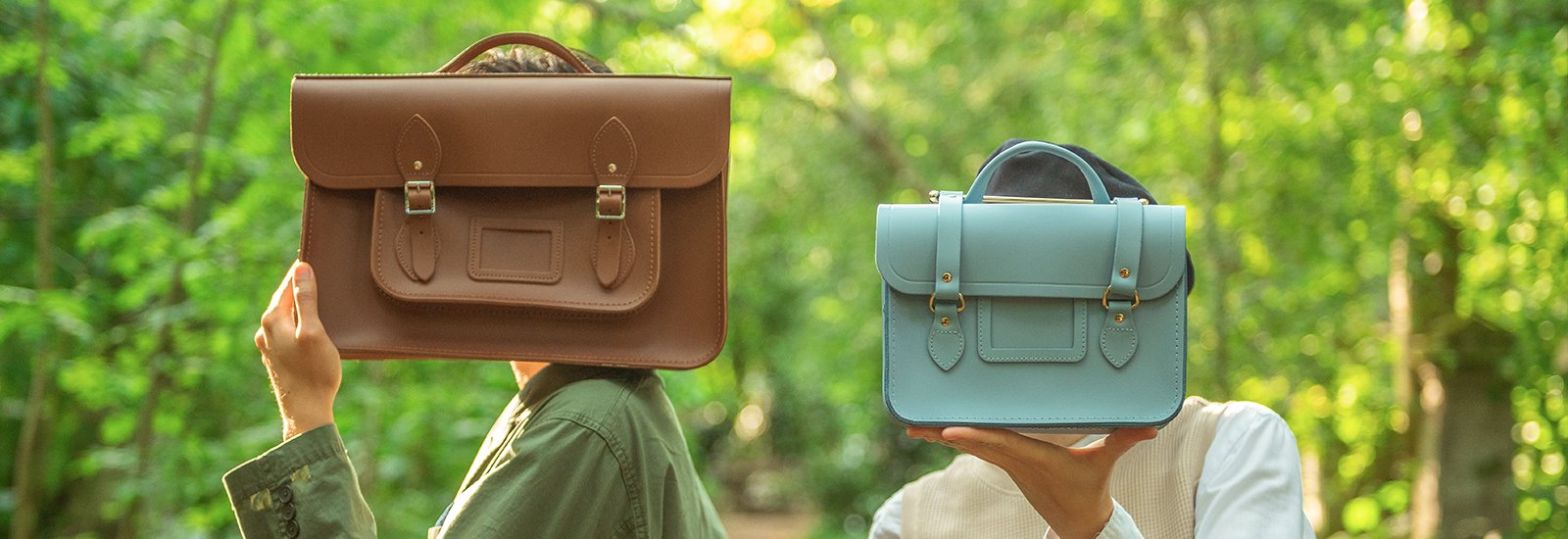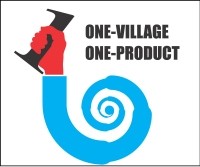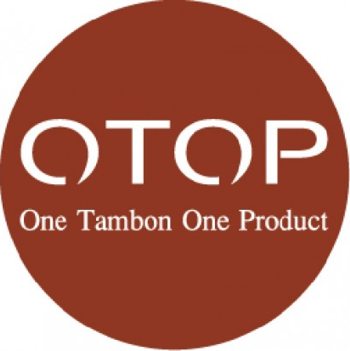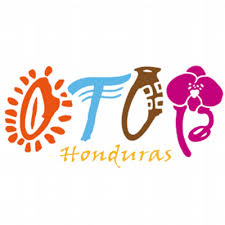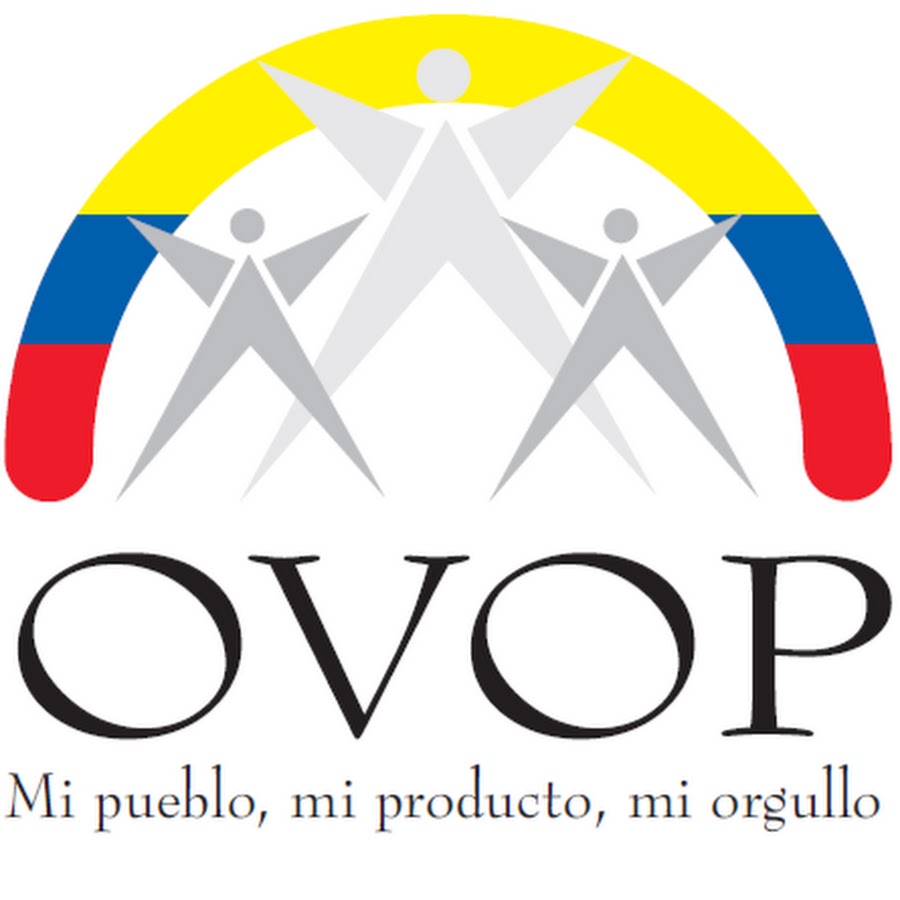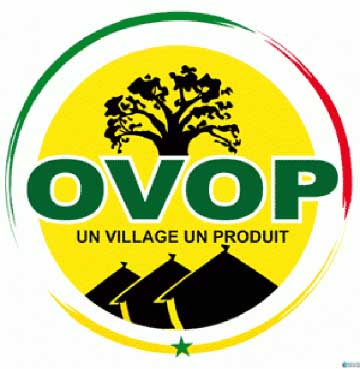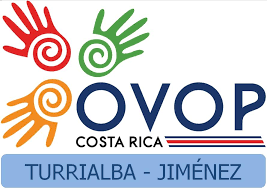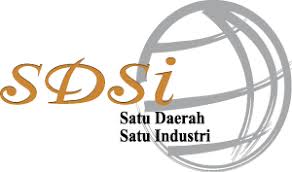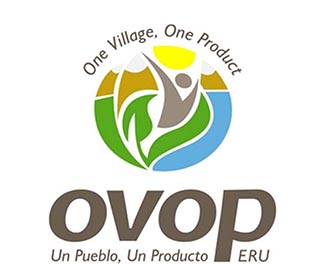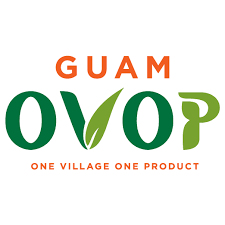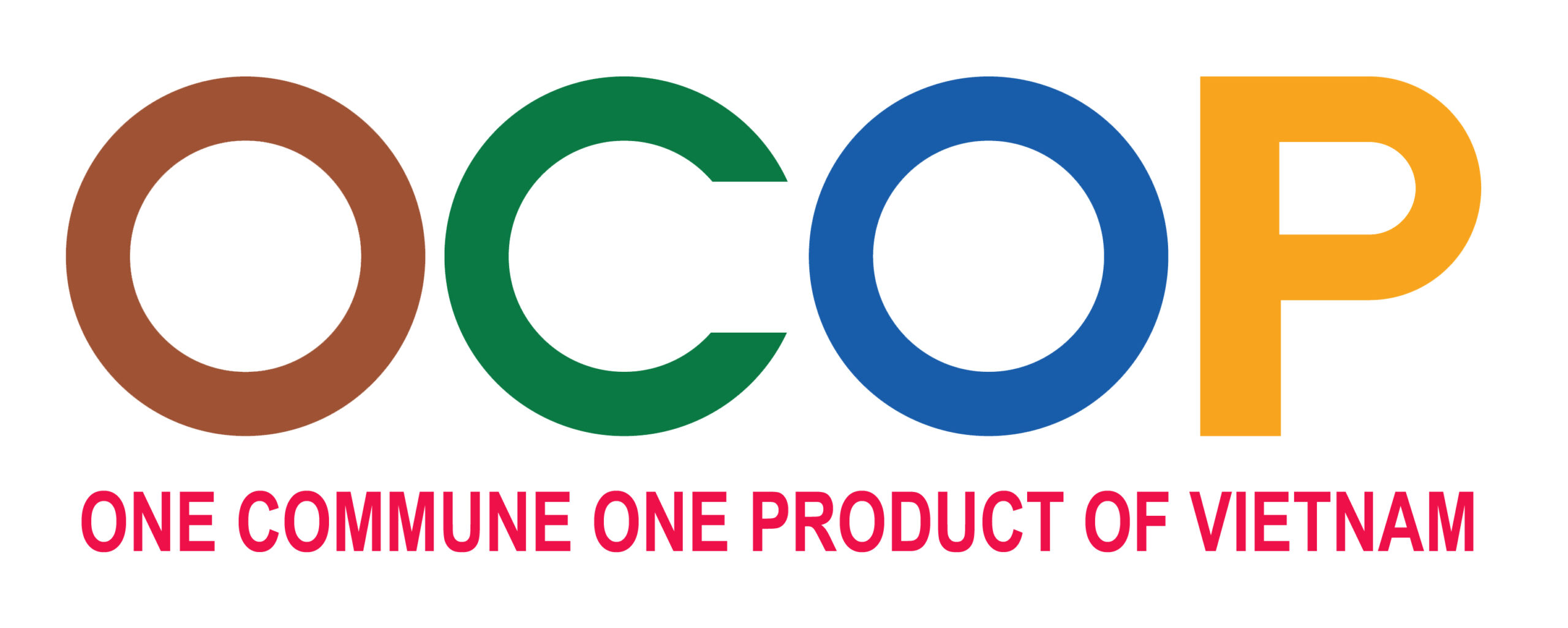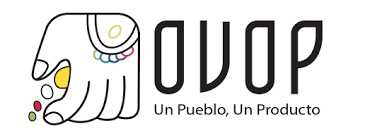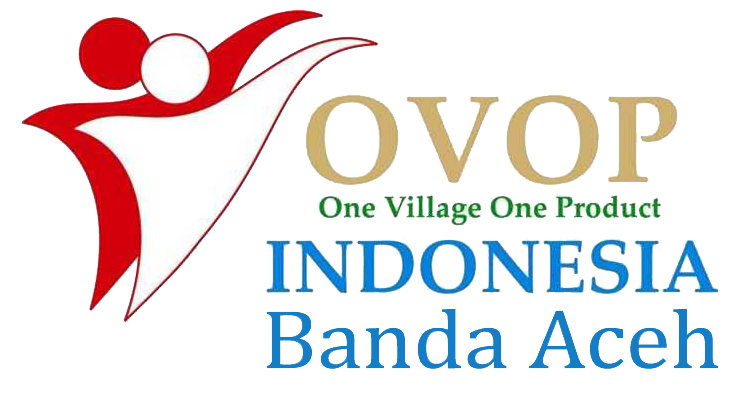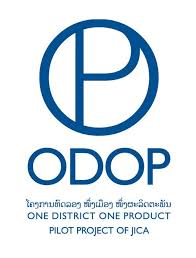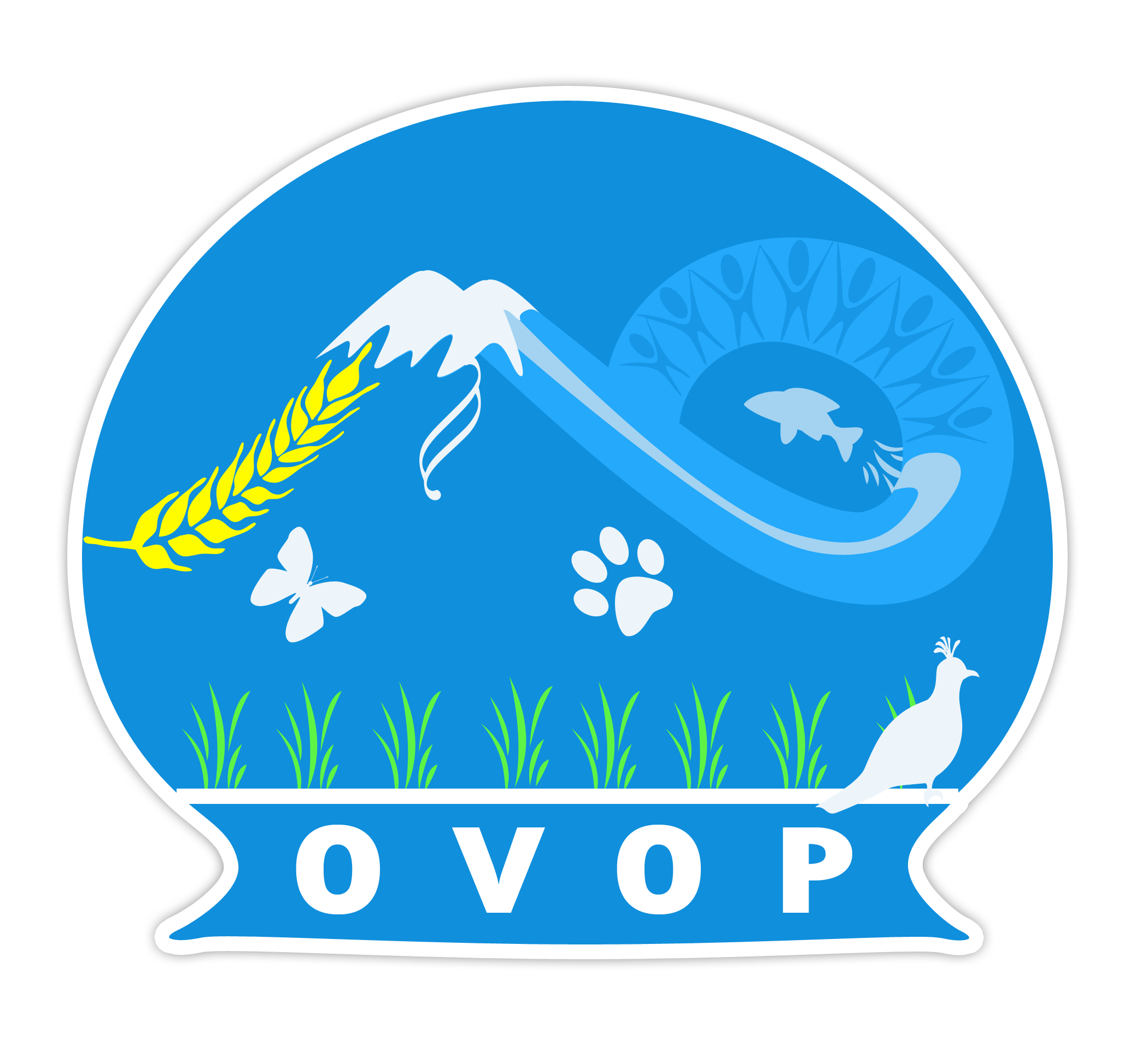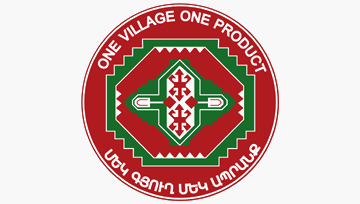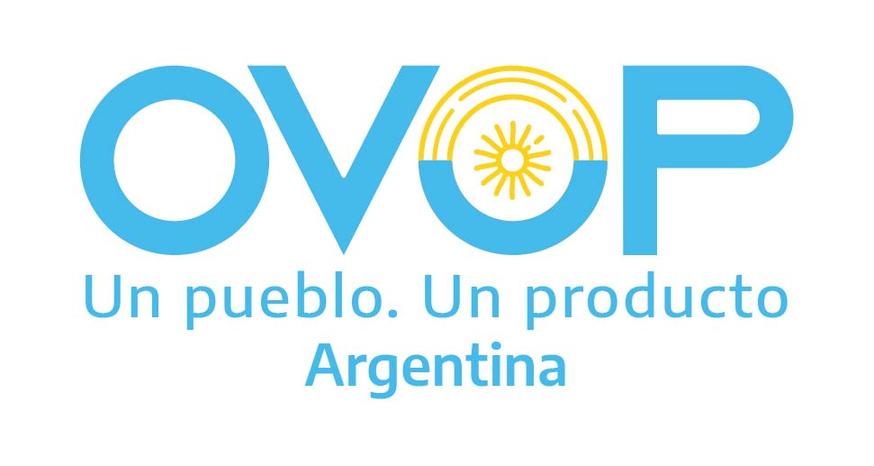Europe is a strong market for leather bags with a total import value of €4.8 billion and a 5-year average growth of 9.7%. France and Italy are the most specialised import markets with the highest unit prices. Other large European leather bags markets include the United Kingdom, Germany, the Netherlands and Spain.
Product description: Leather bags are carrying items made of leather that are generally worn with or supplementary to other clothing items. They typically have a functional as well as an aesthetic value. They also typically have a longer life-cycle than garments and non-leather bags, especially when it comes to high-end products that gain value over time. The statistics in this document comprise Handbags, whether or not with shoulder straps, incl. those without handles, with an outer surface of leather, composition leather or patent leather (HS Code: 42022100).
1. What makes Europe an interesting market for leather bags?
Europe is an important player in the international leather trade. The European leather and related goods sector comprises about 36,000 enterprises and generates a turnover of €48 billion. The EU tanning industry is the world’s largest supplier of leather in the international marketplace. The EU is the source of some of the highest value calfskins in terms of leather and raw material. Tanneries in the EU are typically family-owned, small and medium-sized enterprises with strong regional concentration. EU tanners are highly dependent on access to raw materials and export markets.
Europe is one of the more significant importers of leather bags in the world. In 2019, the value of leather bags imports to Europe accounted for €4.8 billion, up from €3.0 billion in 2014. This corresponded to roughly 63.9 million units of leather bags in 2019 (up from 56.6 million units in 2014). During the last five years, the value of the EU’s leather bags imports has been growing at an average yearly rate of 9.7%, which well is above the average growth for the overall EU apparel sector as reported in the CBI Market Statistics and Outlook Study. It is expected that, in the years to come, the demand for leather bags will continue to grow at a high rate due to a continuing strong demand.
Figure 1: European Union Leather Bags Imports (in € billion)
| Year | 2014 | 2015 | 2016 | 2017 | 2018 | 2019 |
| Leather Bags Imports Value | 3 billion | 3,4 billion | 3,6 billion | 4 billion | 4,5 billion | 4,8 billion |
| Year | 2014 | 2015 | 2016 | 2017 | 2018 | 2019 |
| Leather Bags Exports Value | 5,6 billion | 6,3 billion | 6,6 billion | 7,5 billion | 8,1 billion | 9,6 billion |
| Year | 2014 | 2015 | 2016 | 2017 | 2018 | 2019 |
| Inside EU 28 | 1,9 | 2,1 | 2,4 | 2,6 | 3 | 3,2 |
| Developing countries | 0,1 | 0,1 | 0,1 | 0,1 | 0,1 | 0,1 |
| Rest of the World | 1,1 | 1,2 | 1,2 | 1,3 | 1,4 | 1,6 |
The United Kingdom: The United Kingdom is the third largest import market for leather bags in Europe. In 2019, the value of its leather bag imports amounted to €697 million (up from €513 million in 2014). This corresponded to approx. 9.2 million units of bags. In the last five years, the value of the UK’s leather bag imports has grown at an average rate of 6.3% per year, while the import volume has declined with 2.6% per year. The average unit price of leather bag imports is at €76 which is €27 higher than it was in 2014. The most popular leather bag brands include Tusting, Aspinal of London, Ettinger, Stow.
The Netherlands: The Netherlands is the fifth largest import market for leather bags in Europe. In 2019, the value of its leather bag imports amounted to €360 million (up from €148 million in 2014). This corresponded to approx. 7.4 million units of leather bags. In the last five years, the value of the Netherlands’ leather bag imports has grown at an average rate of 19.4% per year, while the import volume has declined at 9.0% per year. The average unit price of leather bag imports is at €49 which is €18 higher than it was in 2014. The most popular leather bag brands include Ecco, Ellen Truijen, O My Bag, Bear Design, Laauw.
The Leather Bags market follows the general apparel trends related to sustainability, technological innovation and increased emphasis on corporate and social responsibility. For more information, see the CBI study on Trends in the Apparel market. Aside from these general trends, the Leather Bags market has its own, segment-specific trends:






